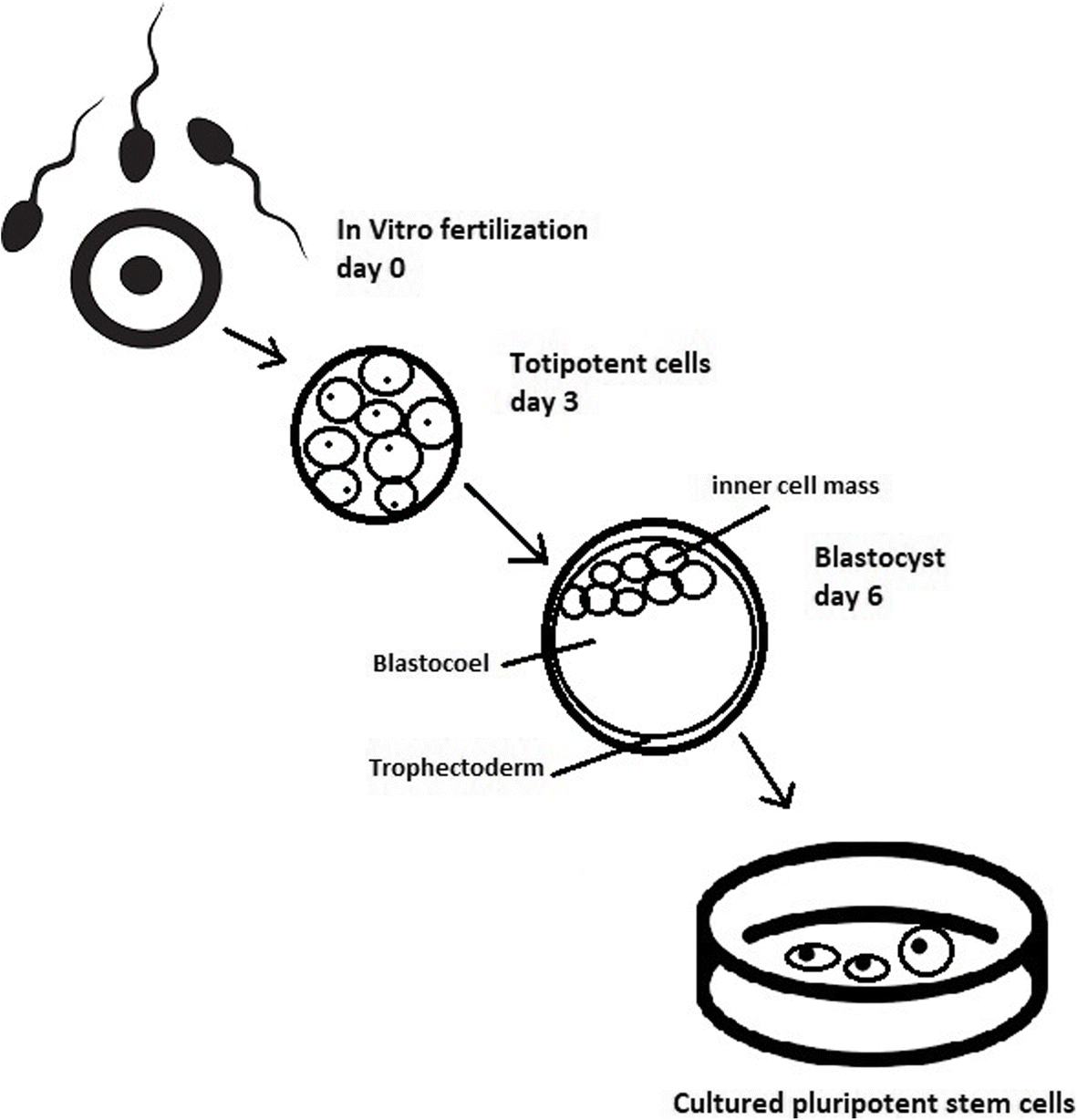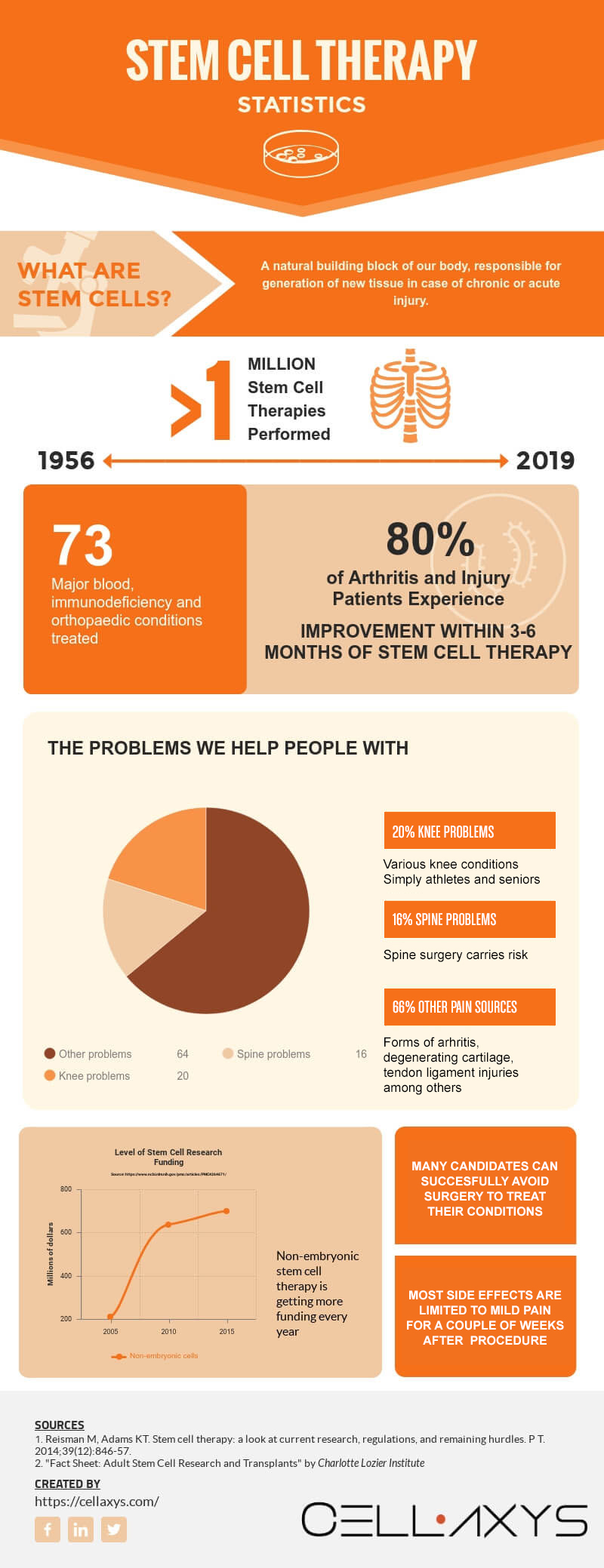
[/image][=video]
[/video]
Many sites used for bone marrow harvesting are situated in the hip bones and the breast bone. In recovery, the donor might experience some pain in the areas where the needle was put.
.png)
If an autologous transplant is intended, previously gathered stem cells, from either outer (apheresis) or harvest, are counted, evaluated, and prepared to infuse. The preparations for a bone marrow transplant vary depending on the kind of transplant, the illness needing transplant, and your resistance for sure medications. Take into consideration the following: Usually, high doses of radiation treatment and/or radiation are consisted of in the prep work.
This therapy is typically called ablative, or myeloablative, due to the effect on the bone marrow. The bone marrow produces most of the blood cells in our body. Ablative treatment avoids this procedure of cell production and the marrow comes to be empty. A vacant marrow is required to include the new stem cells to grow and develop a brand-new blood cell manufacturing system.
It is not an operation to place the marrow right into the bone, yet resembles receiving a blood transfusion. The stem cells discover their way into the bone marrow and begin duplicating and expanding brand-new, healthy blood cells. After the transplant, helpful treatment is provided to prevent and deal with infections, adverse effects of therapies, and difficulties.
Menopause Therapy
The days prior to transplant are counted as minus days. The day of transplant is taken into consideration day no. Engraftment and recovery complying with the transplant are counted as plus days. A person might go into the healthcare facility on day -8 for preparative regimen. The day of transplant is phoned number no. Days +1, +2, and so on, will certainly follow.
The days are phoned number to assist the patient and household comprehend where they remain in terms of dangers and discharge planning. Throughout infusion of bone marrow, the patient might experience the following: Pain Chills High Temperature Hives Upper body discomfort After infusion, the individual may: Spend several weeks in the healthcare facility Be really at risk to infection Experience excessive bleeding Need blood transfusions Be constrained to a tidy environment Take multiple anti-biotics and various other medications Be offered medicine to prevent graft-versus-host diseaseif the transplant was allogeneic.
Relying on the kind of transplant and the illness being dealt with, engraftment typically takes place around day +15 or +30. Blood counts will certainly be inspected frequently throughout the days following transplant to examine initiation and progression of engraftment. Platelets are normally the last blood cell to recover. Engraftment can be delayed due to infection, medications, reduced donated stem cell matter, or graft failure.
Microbial infections are the most common. Viral and fungal infections can be lethal. Any kind of infection can trigger a prolonged medical facility remain, avoid or postpone engraftment, and/or cause irreversible organ damage. Prescription antibiotics, antifungal medications, and antiviral medicines are typically provided to try to stop major infection in the immunosuppressed client. Thrombocytopenia (low platelets) and anemia (low red cell), as a result of a nonfunctioning bone marrow, can be hazardous and also lethal.
Fluid overload is a complication that can lead to pneumonia, liver damages, and high blood pressure. The primary reason for liquid overload is since the kidneys can not maintain up with the big quantity of fluid being provided in the type of intravenous (IV) medications, nutrition, and blood items.
Stem Cell Therapy local to Kentwood

Breathing condition is an essential function that might be endangered during transplant. Infection, swelling of the air passage, liquid overload, graft-versus-host illness, and bleeding are all prospective dangerous problems that might take place in the lungs and lung system. The liver and heart are very important body organs that may be harmed during the transplantation process.
Failing of the graft (transplant) holding in the marrow is a potential difficulty. Graft failing may happen as an outcome of infection, reoccurring condition, or if the stem cell matter of the contributed marrow was inadequate to trigger engraftment. Graft-versus-host condition (GVHD) can be a significant and serious problem of a bone marrow transplant.
As opposed to an organ transplant where the patient's body immune system will attempt to reject only the hair transplanted body organ, in GVHD the brand-new or hair transplanted immune system can attack the whole patient and all of his/her organs. This is due to the fact that the brand-new cells do not recognize the cells and organs of the recipient's body as self.

The most usual websites for GVHD are GI system, liver, skin, and lungs. Prognosis substantially depends on the following: Kind of transplant Type and degree of the condition being dealt with Condition feedback to therapy Genes Your age and overall health and wellness Your tolerance of details medicines, treatments, or therapies Extent of problems As with any type of procedure, in bone marrow transplant the diagnosis and long-term survival can differ substantially from one person to another.
Medical Group
Continual follow-up care is vital for the person complying with a bone marrow transplant. New techniques to improve therapy and to decrease difficulties and adverse effects of a bone marrow transplant are consistently being uncovered.
Regenerative medication therapies can be separated into 3 groups: facilitate recovery by injecting or putting live cells into the client. Instances of mobile therapy include PRP and stem cell treatments, which can be utilized to deal with tendinopathy and other sports injuries.
Phys Med Rehabil Clin N Am. 2014; 25( 4 ):881 -95. As time passes, individual physicians find out and share information, enhancing the application of these therapies. See Are PRP Shots Effective?Until much more is understood, regenerative medication treatments are not taken into consideration conventional practice and insurance policy plans normally do not cover them. Numerous individuals want to pay out-of-pocket. is progressing swiftly with advancementsin stem cells, gene treatment, and cells engineering. This article explores these ingenious techniques, highlighting their transformative capacity for cells and organ repair service. are poised to revolutionize clinical therapies and improve individual outcomes. Cell regrowth, the process of recovering shed cells to recoup normal function, differs across different tissues and organs. In Drosophila larval wing discs, cells immune to apoptosis help cells regeneration. Mouse digit suggestion regeneration is moderated by the blastema, containing numerous progenitor cells, as highlighted in this research study.: The variety of cells within a tissue can impact regrowth. Peripheral nerves, as an example, include Schwann cells, nerve fibroblasts, and immune cells, each contributing in nerve regeneration, as discussed below. These elements interact dynamically, making cell regeneration an intricate process that varies based upon the specific cells or body organ. Cell regeneration plays a vital duty in preserving the body's total health and wellnessand well-being. It is accountable for repairing and replacing broken or aging cells, making certain the proper functioning of body organs and cells. Efficient cell regrowth therapy can dramatically influence the treatment of various medical problems, including degenerative diseases, injuries, and also the aging procedure. A number of substantial turning points have marked the development of cell regrowth research. In the late 18th century , Italian biologist Lazzaro Spallanzani performed introducing experiments on the regrowth of amphibian limbs, supplying proof for the regenerative ability of specific organisms. In the 20th century, the discovery of stem cells by Canadian researchers Ernest McCulloch and James Till transformed the field. Harold E. Varmus, who played a vital function in illuminating the genetic basis of cancer, and Dr. Michael S. Brown and Dr. Joseph L. Goldstein, who uncovered the function of low-density lipoprotein (LDL) receptors in cholesterol metabolic rate. Stem cell treatment is among one of the most extensively researched and appealing branches of cell regeneration therapy. This irritant sets off a local swelling feedback, which triggers the launch of growth aspects and the recruitment of regenerative cells. In time, the regenerative cells help with the repair work and regrowth of injured tissues, offering relief to people enduring from chronic musculoskeletal discomfort or joint instability. Cartilage material regrowth treatment concentrates on recovering damaged or degenerated cartilage material, which plays a crucial duty in joint function and mobility. Some cells, such as epithelial cells in the skin or the cellular lining of the intestinal tract, have a high turnover rate and can restore swiftly. On the other hand, cells in the central nervous system, such as nerve cells, have actually restricted regenerative capability. This variation is primarily as a result of the intricacy of the tissue, the visibility of inhibitory aspects, and the mobile setting. Cell regrowth treatment supplies encouraging options for accelerating wound healing and treating various injuries.
Navigation
Latest Posts
Stem Cell Therapy servicing Kentwood
Perimenopause Treatment
Perimenopause Treatment